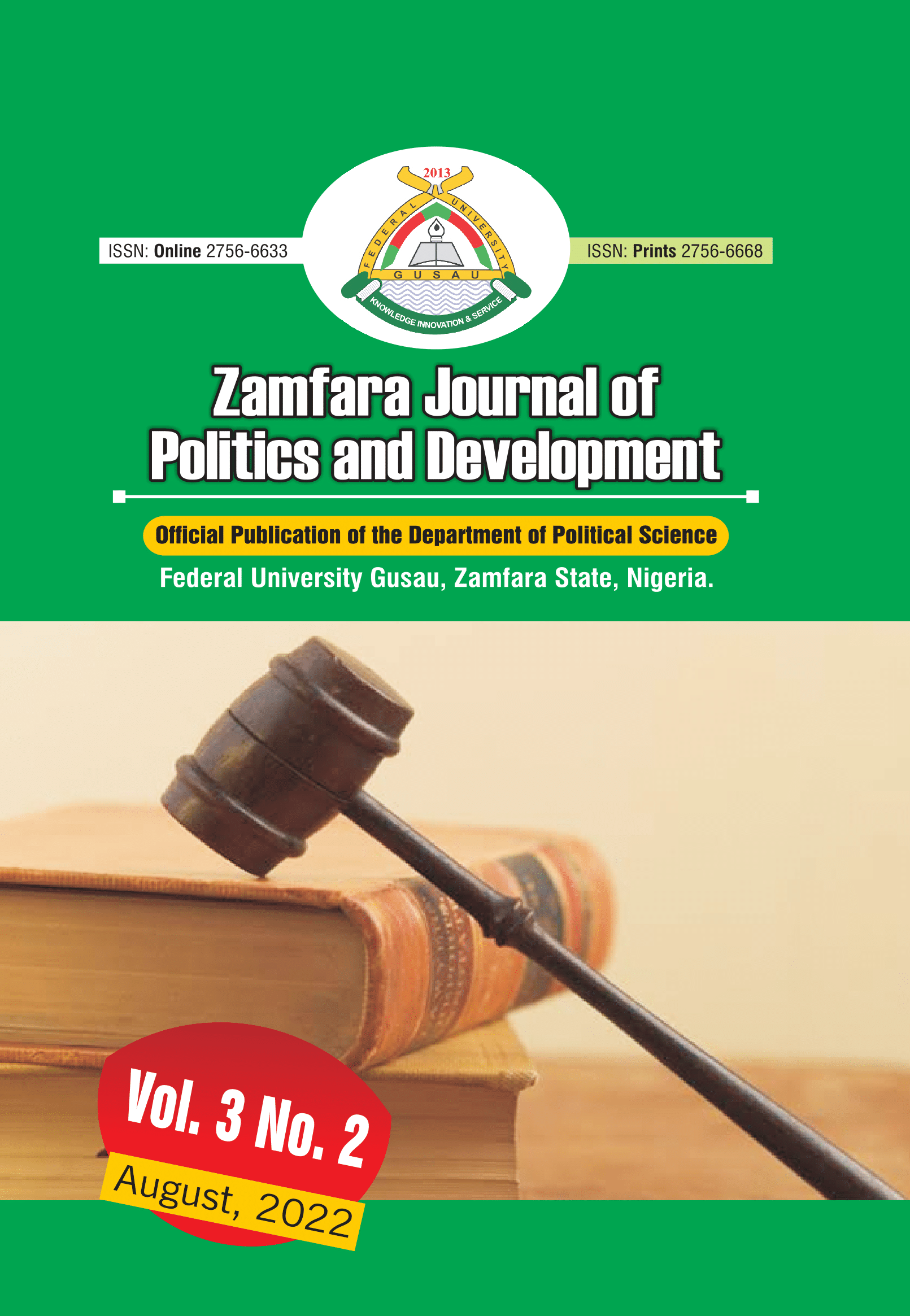INSTITUTIONS AND NATIONAL DEVELOPMENT IN NIGERIA: PERSPECTIVES ON THE ROLE OF THE RAW MATERIAL RESEARCH AND DEVELOPMENT COUNCIL
Keywords:
National Development, Institutions, Research and Development, EconomyAbstract
The world system not only typifies the web of relations between countries but also indicates the topologies of countries using developmental indices. As a developing economy, Nigeria is richly blessed with human and natural resource yet it has remained a mono-cultural economy with excessive dependence on oil. The galaxies of and availability of raw materials notwithstanding, the Nigerian state relies on the importation of industrial raw materials for her local industries which has not only affected the level of industrialization but has further put the Nigerian economy in a disadvantage position. In a bid to address the challenges and to promote local content, the Raw Material Research and Development Council (RMRDC) was established in 1978 to serve as a springboard and catalyst for promoting the research, development and utilization of raw material resources in Nigeria. Hence this paper is an attempt to interrogate the role and contributions of the Raw Material Research and Development Council in promoting economic growth and development in Nigeria. It is a desk research and it employs the institutional theory as its theoretical framework. It is the position of this paper that the Raw Material Research and Development Council has contributed in several ways in promoting economic growth and development in Nigeria. It also identifies poor funding, inadequate infrastructure, political interference, incessant strike by Nigerian University lecturers who are key partners of the RMRDC amongst others constitute major limitations to the organization. In the final analysis the paper recommends amongst others the need to encourage research and development by ensuring adequate funding of the RMRDC.
Downloads
Published
Issue
Section
License
Copyright (c) 2022 Author(s)

This work is licensed under a Creative Commons Attribution-ShareAlike 4.0 International License.
Authors retain the copyright of their manuscripts, and all Open Access articles are distributed under the terms of the Creative Commons Attribution License, which permits unrestricted use, distribution, and reproduction in any medium, provided that the original work is properly cited.




